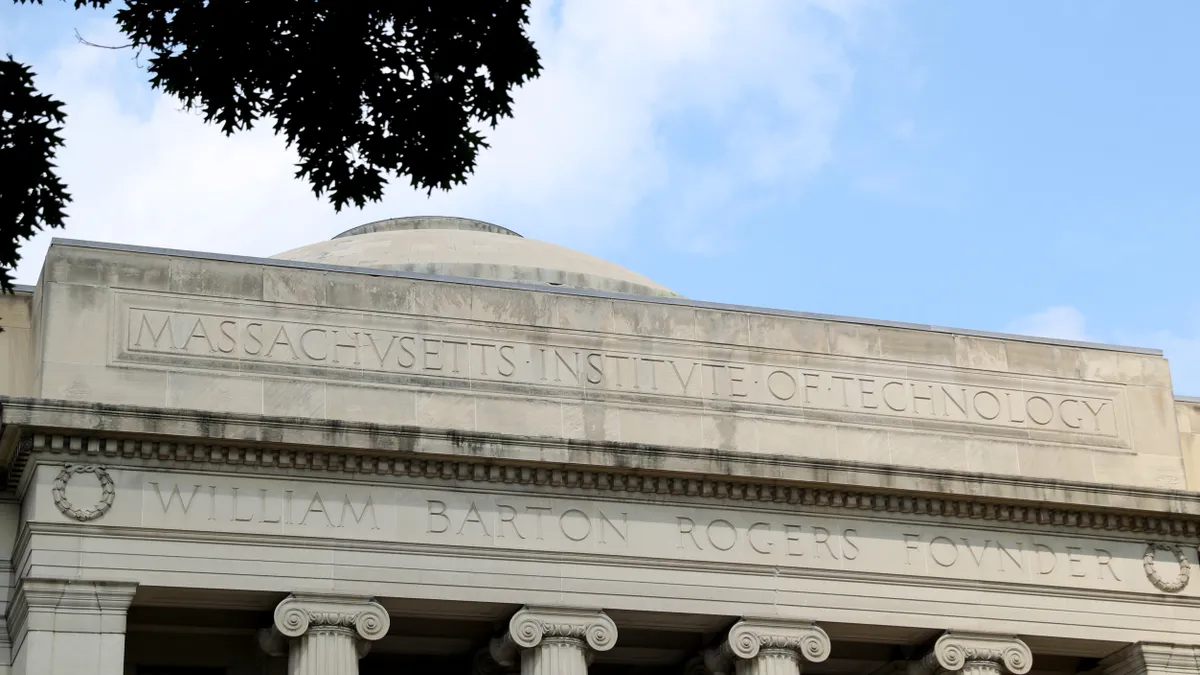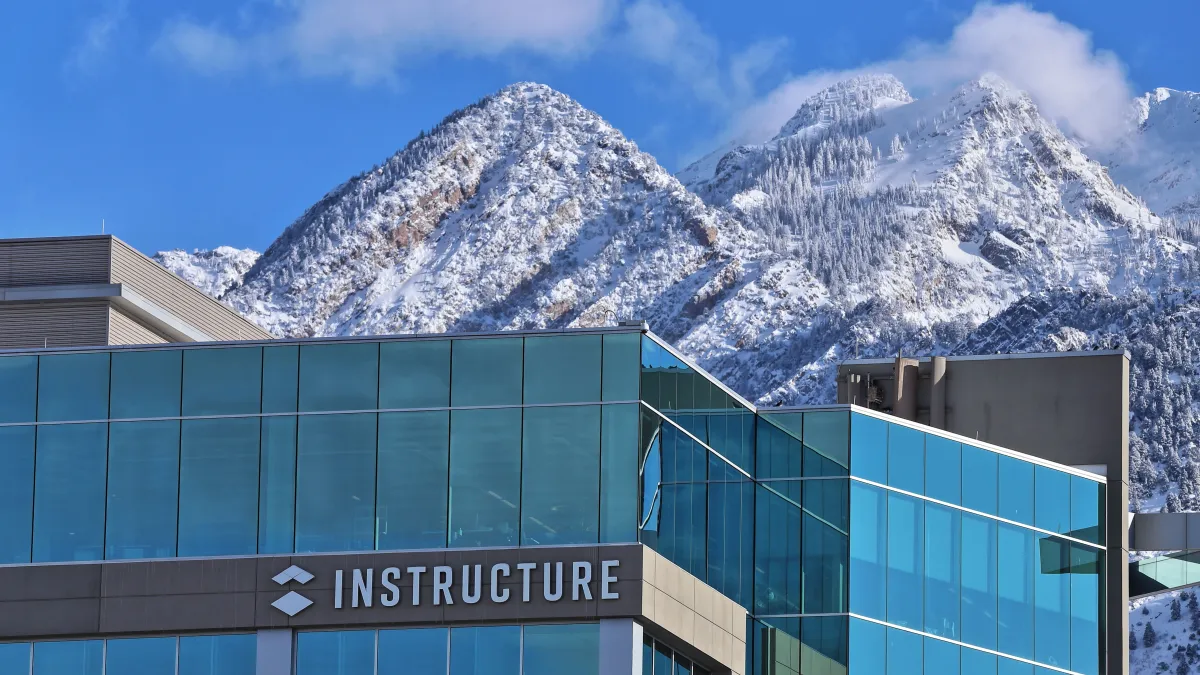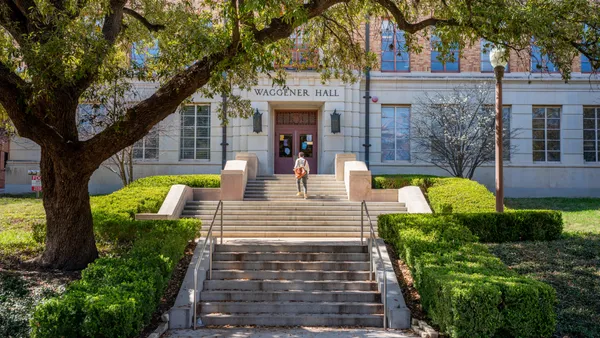Arizona State University President Dr. Michael Crow took the reigns of the university 14 years ago, and under his leadership, the institution has implemented a number of programs and innovations, including the Starbucks College Achievement Plan, the University Innovation Alliance, eAdvisor, Learn-Explore-Advance-Design, ASU 101, the Student 360 view and retention dashboard.
Arizona State has an 86% freshman retention rate, thanks in no small part to a bevy of programs tailored to enhancing the first-year experience, like the First-Year Success Center — "which pairs highly trained upper-division graduate students with freshmen and sophomores to offer free, personal academic support and advocacy," according to Crow. In addition to targeted freshman programs, the Global Freshman Academy, "draws in students who, because of life balance or a need for greater confidence, have shied away from attempting higher education," helping students to dip their feet into the higher ed waters without committing.
Fresh off this year's ASU-GSV conference in San Diego — one of the largest conferences around innovation in education in the country — Crow shared his thoughts about innovation in higher ed, the future of tenure and the demands of higher education in the 21st Century.
EDUCATION DIVE: What is the role of tenure in the 21st century university business model? Do you think the traditional role has come under attack? Should we re-examine the tenure model?
CROW: Tenure is often misunderstood. It is not an invitation to stop producing high-quality teaching and research. It is protection to advance ideas so that those ideas can freely challenge someone else's ideas. Let's say you have a theory, and I disagree with your thesis. I should be able to challenge your theory with no fear that my position will be eliminated. That's what tenure is: freedom to pursue theoretical advancement.
Should we replace that? No. We need a system that protects freedom of thought. Should tenure be what it is often thought of — a lifetime appointment? No. We have to define it narrowly. There should [have] always been an expectation to perform, to motivate yourself and others, to grow and to be reviewed if needed.
You've previously lamented playing down the role of faculty on campus is a huge mistake. What are your thoughts about the trend of universities shifting to a majority adjunct model?
CROW: A quality education requires top quality faculty. At ASU we are increasing the number and diversity of teaching and research faculty to advance the institution's intellectual output — in the classroom and in our research. That commitment to excellence should not only extend across campus but into the digital realm, which is why our online classes are taught by the same award-winning faculty who inspire our full immersion students.
What is the role of the four-year research university in the 21st century? Is it to equip students with a well-rounded education or to prepare them for the workforce — and are these things as disconnected as the public discourse suggests?
CROW: Four-year research universities should expand the number of people who graduate, without compromising academic standards. They should pay special attention to creating pathways to success for students from the lower half of the family income distribution. That is how you create change and economic opportunity, and that’s what we've made huge progress on at ASU — more than I've even thought possible.
With that, our intense focus is on solving real-world challenges to both expand our societal impact and give students a chance to make a difference during their studies and afterward. … We understand that a skill set is not enough. We must help students to become master learners capable of solving any problem, at any place, at any time and with the outcome-oriented mindset necessary to bring those solutions to life.
What are some tips you can share with leaders of other institutions looking to assert their relevance in the current landscape?
CROW: Many leading research universities deem it appropriate to maintain limited enrollments while excluding the majority of applicants, some of whom surely would be capable of succeeding. This model fails to recognize workforce projections that indicate a shortfall of five million educated workers by 2020.
Recognizing this, other academic platforms must emerge that offer accessibility to substantially greater numbers of students, and they should emerge from public research universities, which typically serve more first-generation and socioeconomically disadvantaged students.
Where is higher education headed, and how different or similar do you think the model will look 10, 15 years from now, compared to its present state?
CROW: We need to create institutions dedicated to accessibility and public service that are more adaptable to a rapidly changing world and a knowledge-driven global economy. This new kind of institution has to be able to operate at scale and ensure that every qualified student has the opportunity to pursue a degree, regardless of his or her background. It should be judged by how those students succeed.
New learning platforms and a nascent spirit of collaboration that is spreading among some of our major research universities is reason for great optimism — a future in which more and more institutions will focus not on winnowing down the number of students who are admitted, but on producing master learners at scale and creating knowledge that will improve the quality of life and transform our planet. Our collective survival depends on this; so does our ability to be a nation that achieves its promise and continues to be a vibrant model for the world.





















